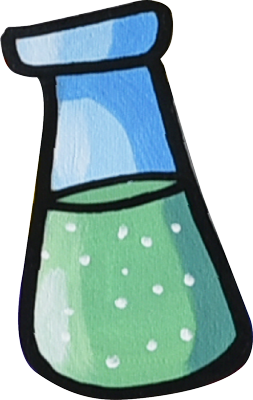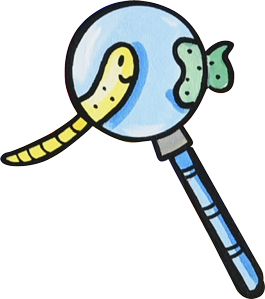Home » Skills
MICRO, for over 20 years, has been carrying out microbiological analysis:
in various product sectors, such as food, nutraceutical, supplements and cosmetics.

In particular, the technicians at MICRO have extensive experience and have developed a highly efficient proprietary method for counting both total and differentiated lactic acid bacteria, as well as high-concentration bifidobacteria, commonly used in the formulation of dietary supplements.
“Beyond analysis” – our motto. This is truly our strength. MICRO’s foundation and inspiration lie in our constant focus on developing new methods and culture media to continually improve the performance and repeatability of our analyses.
MICRO is the fil rouge that links people, work and research.

“Everyone knew it was impossible,
until a fool who didn’t know came along and did it”
Albert Einstein
